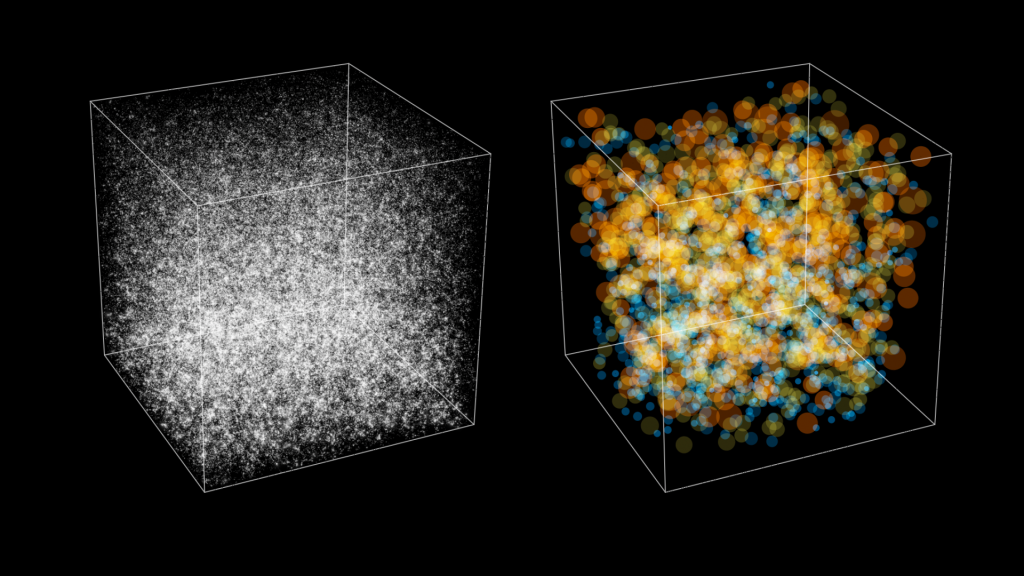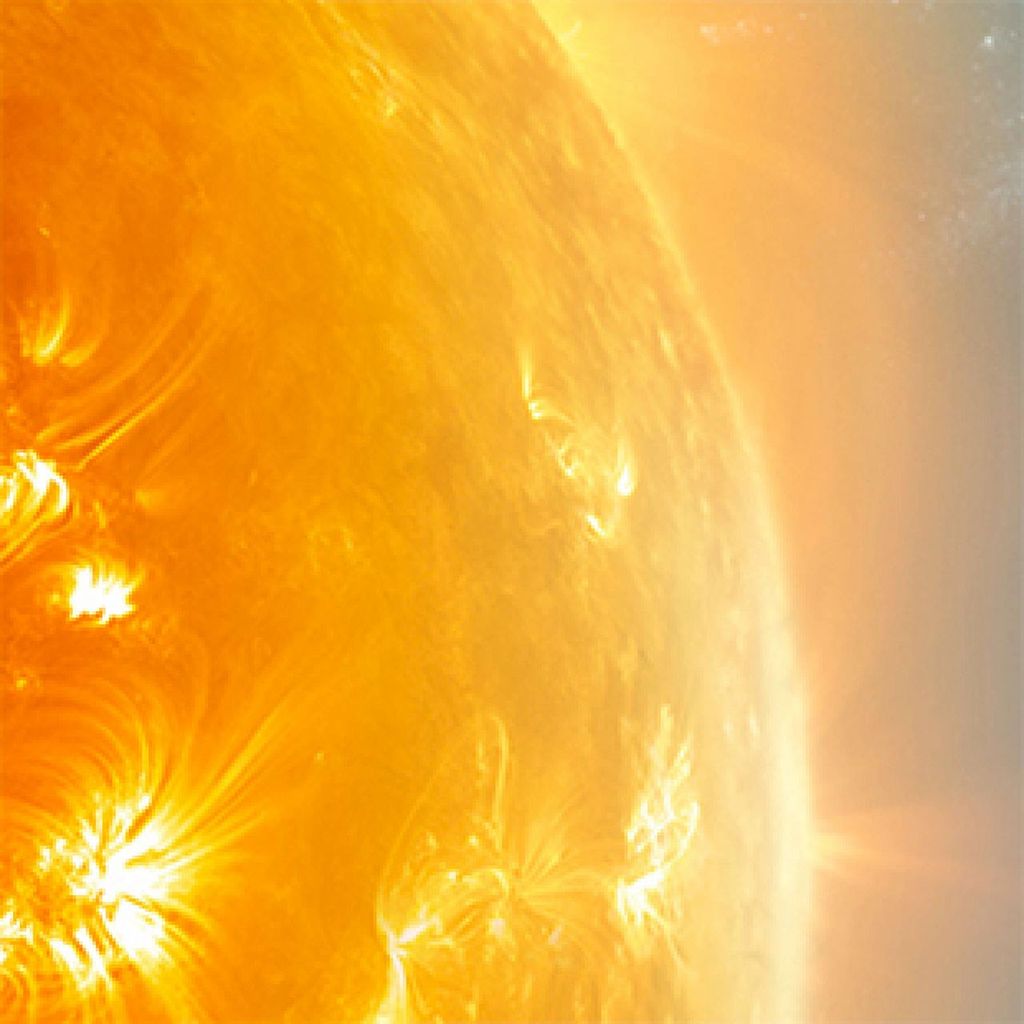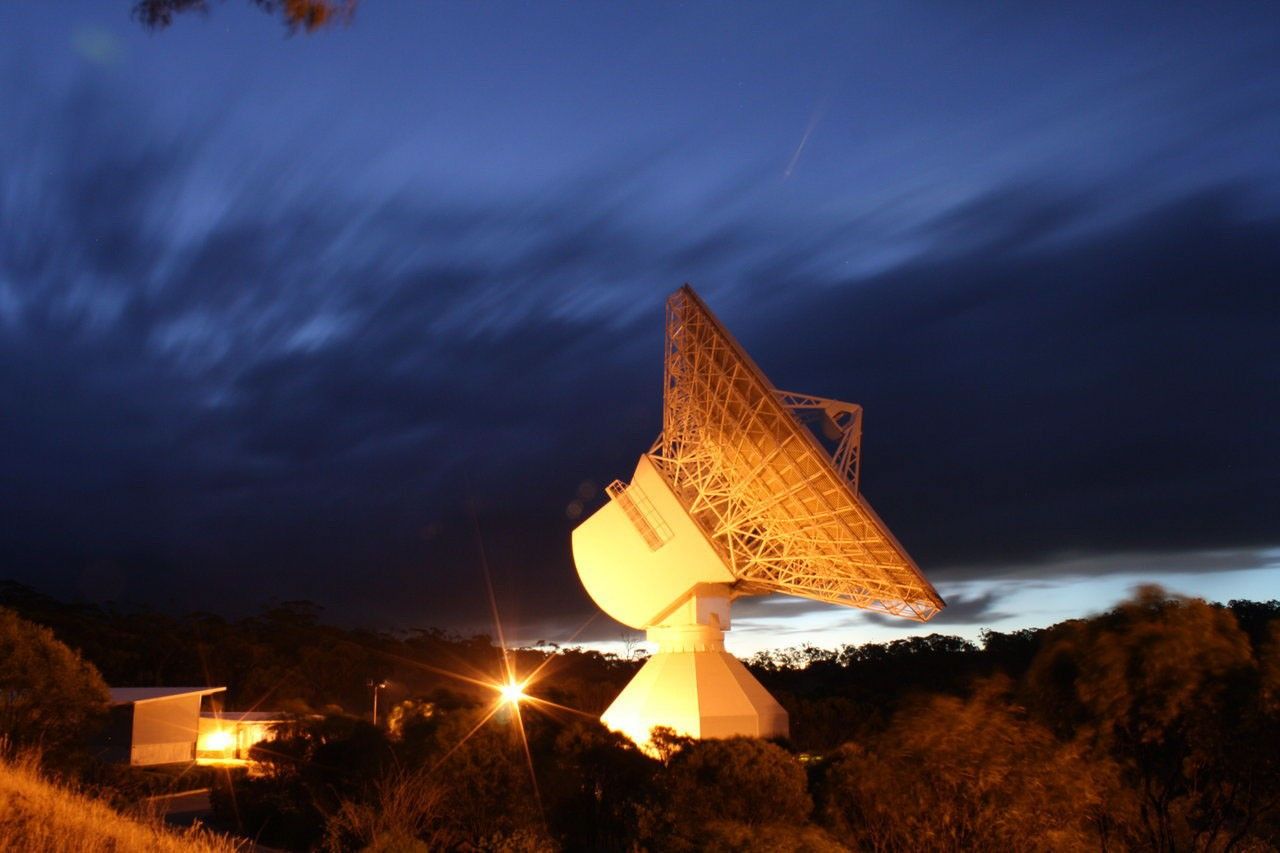A complex coordinated ‘dance’ between ESA and NASA tracking stations is following Cassini during its Grand Finale.
Note: The full story is available on ESA's ESA's Rocket Science Blog.
In Cassini’s Grand Finale orbits – the final chapter of its nearly 20-year mission – the spacecraft travels in an elliptical path that sends it diving at tens of thousands of kilometers per hour through the 2400-km space between the rings and the planet where no spacecraft has ventured before.
May, June and July have been busy months for Cassini, as a series of complex ground-station tracking passes involving ESA’s Deep Space Antennas (DSA) and NASA’s Deep Space Network (DSN) captured a series Grand Finale radio science passes.
The Cassini mission has performed radio science observations many times during its time at Saturn. Previously, the mission relied solely on the antennas of NASA's Deep Space Network for these observations.
Now, the addition of new ESA tracking capabilities is helping provide the continuous signal reception needed during Cassini radio science activities. But it means the two agencies' networks must work closely together.
Read More on ESA's Rocket Science Blog.



































